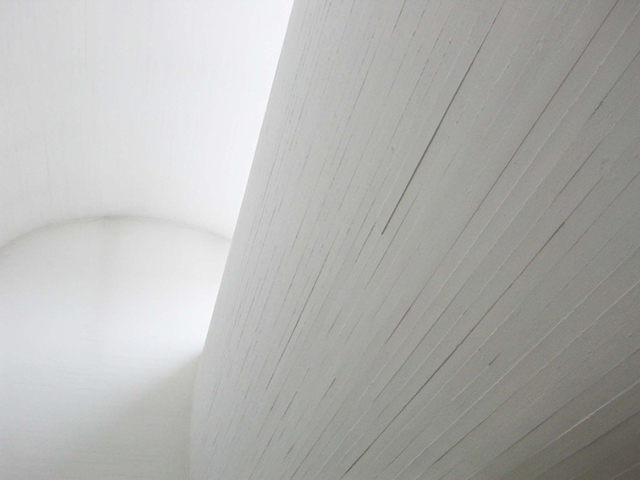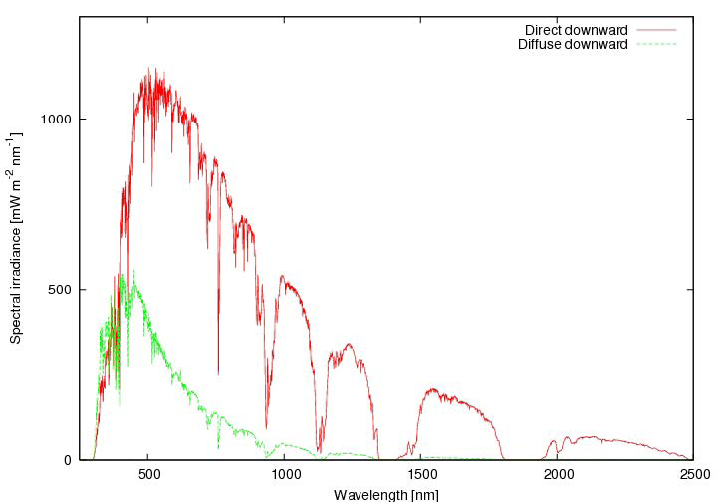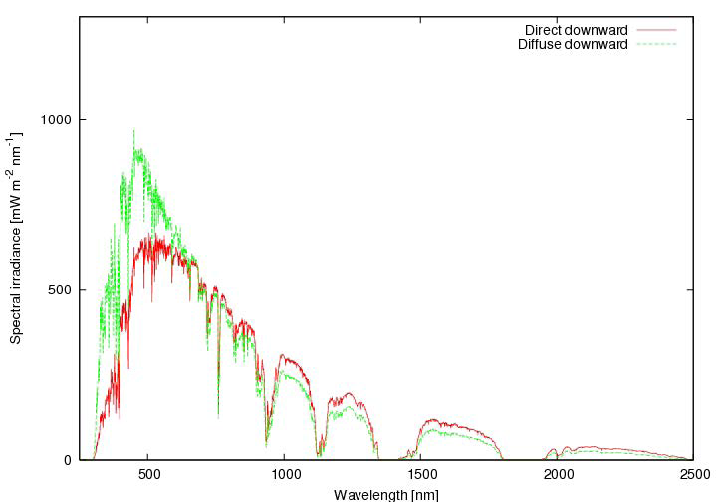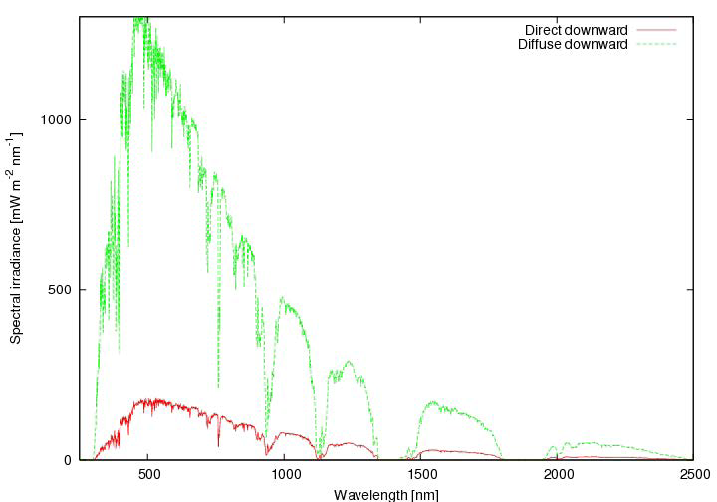
By Nanet Mathiasen, The Royal Danish Academy of Fine Arts, Schools of Architecture, Design and Conservation, Denmark
Nordic Light ‐ and its impact on the design of apertures in Nordic architecture
Living on the northern‐most part of the globe means we experience the Nordic light every day, and this dissertation is about this very special light.
Traditionally, the northern people have been very conscious of the Nordic daylight. They see the Nordic light as a distinctive feature of the northern countries as well as of great importance for the experience of Nordic architecture.
That is also the basis of this dissertation. But what are the characteristics of the Nordic light? Does it differ at all from other kinds of daylight? And does Nordic architecture in fact relate specifically to the Nordic light? Based on these questions, the dissertation will focus on the following issue: What are the characteristics of the Nordic light and how does it manifest itself in Nordic architecture?
The dissertation is organised in four main sections: Prologue, Light Characteristics, Light Modelling and Epilogue. The first main section makes use of many different statements in order to describe the understanding of the term Nordic. The second section on Light Characteristics makes use of meteorology as a method to identify the characteristics of the Nordic light. The meteorological studies document these characteristics through records of the frequency of clear blue sky and overcast sky, the character of the cloud cover and the sky luminance. The third section on Light Modelling uses phenomenology as a method to study the experience of the interaction between the Nordic light and architecture in three case studies. In the fourth and final main section, the dissertation juxtaposes the results of the previous studies and discusses how the architects work in relation to the Nordic light.
 |
 |
 |
||
| Clear sky | Intermediate sky | Overcast sky | ||
 |
 |
 |
Relationship between cloud cover and light intensity. The graphs illustrate how great intensity the sun and the sky lit up depending on the cloud cover extent specified in oktas. The graphs illustrate the lighting conditions of Copenhagen in June at 12 noon and a relatively thin cloud cover. The cloud cover thickness does not change from graph to graph; it is the fractional cloud cover that changes.
The architects in the case studies each express an eagerness to understand the characteristics of the Nordic light and to work in close relation to it. All three buildings are designed according to the specific local light characteristics, where large, bright and diffuse cloud cover is particularly dominant. The design of the light apertures and thereby the modelling of the light in the various rooms does not follow a particular standard or have a specific shape or size. The three examples illustrate how careful architectural modelling of the Nordic daylight can support a room’s function while also allowing the room to be perceived as atmospheric, intimate and inviting to its users.
This means that the best Nordic architect is often occupied with how to design the daylight apertures in a Nordic context. Therefore, this dissertation aims at pointing to the opportunities provided by daylight apertures to interact with the Nordic light. This means that the Nordic daylight aperture is not designed within a particular mode of expression or style, but rather it is designed in its own special way in order to relate to the light.
Link to Nanet Mathiasen’s Ph.D. thesis will soon be available



